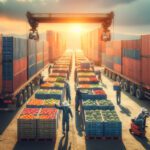The post-harvest stage of pineapple (Ananas comosus) is crucial to maintain the quality of the fruit and maximize its market value. Proper harvesting techniques, post-harvest handling, and marketing strategies are essential to ensure that pineapples reach consumers in the best possible condition. Below are the best practices for post-harvest handling and marketing of pineapples.

Pineapple Harvesting
Maturity Indicators
Pineapples should be harvested at their optimal maturity to ensure the best flavor and appearance quality. Maturity indicators include:
- Color Change: The pineapple skin changes from green to a golden-yellow color, especially at the base of the fruit.
- Sweet Smell: A sweet and fragrant aroma indicates that the pineapple is ripe and ready to be harvested.
- Fruit Firmness: The fruit should be firm to the touch; an overly soft pineapple may indicate overripeness.
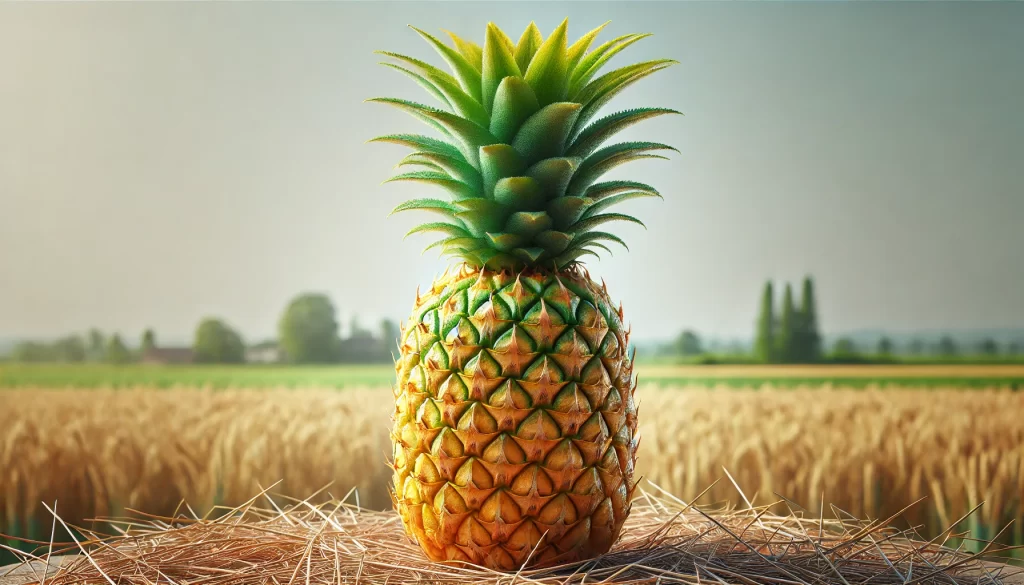
Harvesting Techniques
Pineapples are harvested manually using sharp tools like knives or machetes to cut the fruit along with a small segment of the stem. It is important to handle the fruits carefully to avoid damage that could compromise their quality during transport and storage.
Post-Harvest Handling
Grading and Selection
After harvesting, pineapples should be sorted to separate high-quality fruits from those with defects. The grading criteria include:
- Size and Shape: Uniform fruits in size and shape are selected.
- Absence of Defects: Fruits with bruises, blemishes, or skin defects are removed.
- Uniform Ripeness: The fruits should have a uniform color and ripeness to ensure consistency in the market.
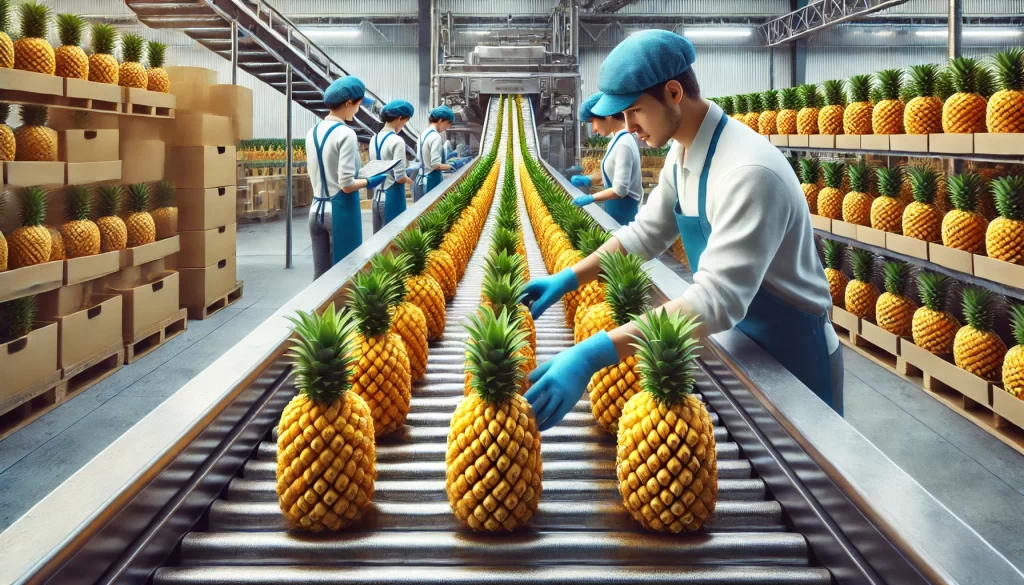
Washing and Disinfection
Pineapples should be washed to remove dirt and potential pesticide residues. They are then immersed in a disinfectant solution, such as sodium hypochlorite, to reduce microbial load and extend the shelf life of the fruit.
Packaging
Proper packaging is essential to protect pineapples during transport and storage:
- Cardboard or Plastic Boxes: Pineapples are placed in ventilated boxes that allow air circulation. Overcrowding should be avoided to prevent mechanical damage.
- Cushioning Material: Cushioning material such as paper or cardboard can be used to protect the fruits from bumps and reduce the risk of bruising.

Storage
Pineapple storage must be carefully controlled to prevent overripening and decay:
- Optimal Temperature: Pineapples should be stored at a temperature between 7°C and 10°C. Lower temperatures can cause chilling injury, while higher temperatures accelerate ripening.
- Relative Humidity: Maintaining a relative humidity of 85-90% is ideal to prevent fruit dehydration.
- Ventilation: Storage areas should be well-ventilated to prevent the buildup of ethylene, a gas that accelerates ripening.
Transport
Proper transport is essential to maintain pineapple quality until its final destination:
- Refrigerated Trucks: For long-distance shipments, it is ideal to use refrigerated trucks that maintain optimal temperature and humidity conditions.
- Careful Handling: It is essential to handle pineapples carefully during loading and unloading to avoid damage that could affect quality.
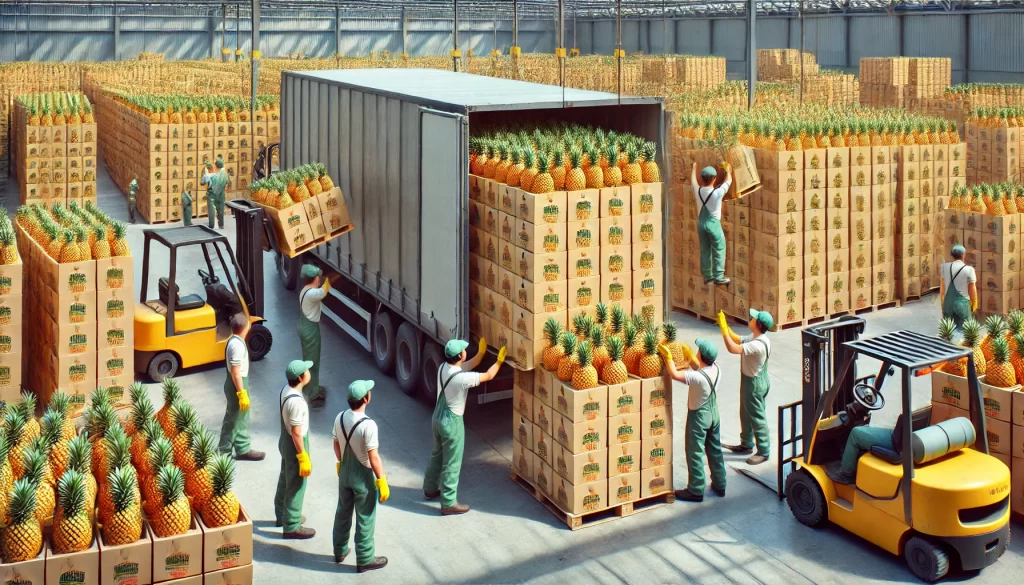
Pineapple Marketing
Local and International Markets
Pineapples are marketed both locally and internationally. Depending on the destination, different quality standards and phytosanitary regulations must be met.
- Local Market: Pineapples can be sold in local markets, supermarkets, and fresh fruit stores. This market generally requires less stringent controls, but quality is still valued.
- Export: For international markets, pineapples must meet the importing countries’ requirements, such as size, ripeness, color, and phytosanitary certifications.

Quality Certifications
Certifications are important for accessing premium markets and adding value to the product:
- GlobalGAP: Ensures that pineapples are produced under responsible agricultural practices, ensuring sustainability and food safety.
- Fair Trade: Certifies that the pineapple has been produced fairly, respecting workers’ rights and providing a fair price.
- Organic: Certifies that pineapples are produced without the use of chemical pesticides or synthetic fertilizers.
Value-Added Strategies
Adding value to pineapples can increase revenue and open up new market opportunities:
- Processed Products: Pineapples can be turned into products like juices, preserves, dried pineapple, or jams.
- Own Brand: Creating a unique brand for high-quality or origin-specific pineapples can attract consumers looking for differentiated products.
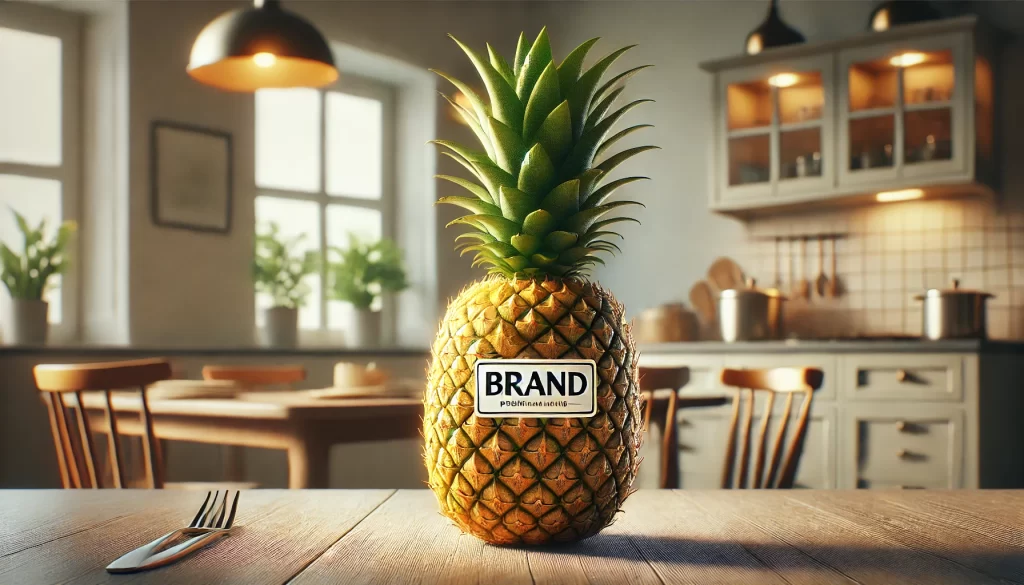
Promotion and Marketing
An effective marketing strategy can increase demand and improve pineapple marketing:
- Point-of-Sale Promotion: Offer tastings, discounts, or promotional packages in supermarkets and stores.
- Digital Marketing: Use social media, websites, and digital marketing campaigns to highlight the unique qualities of pineapples and attract potential customers.
- Participation in Trade Fairs and Exhibitions: Showcasing pineapples at trade fairs and exhibitions can help connect with international buyers and distributors.
Quality Monitoring
It is crucial to constantly monitor the quality of pineapples throughout the post-harvest and marketing process to ensure the fruits meet the expected standards.
- Quality Testing: Regularly test firmness, sugar content, and acidity to ensure consistency in quality.
- Inventory Control: Maintain strict inventory control to avoid prolonged storage and quality loss.
 AgronoBlog – Agriculture Blog
AgronoBlog – Agriculture Blog 
